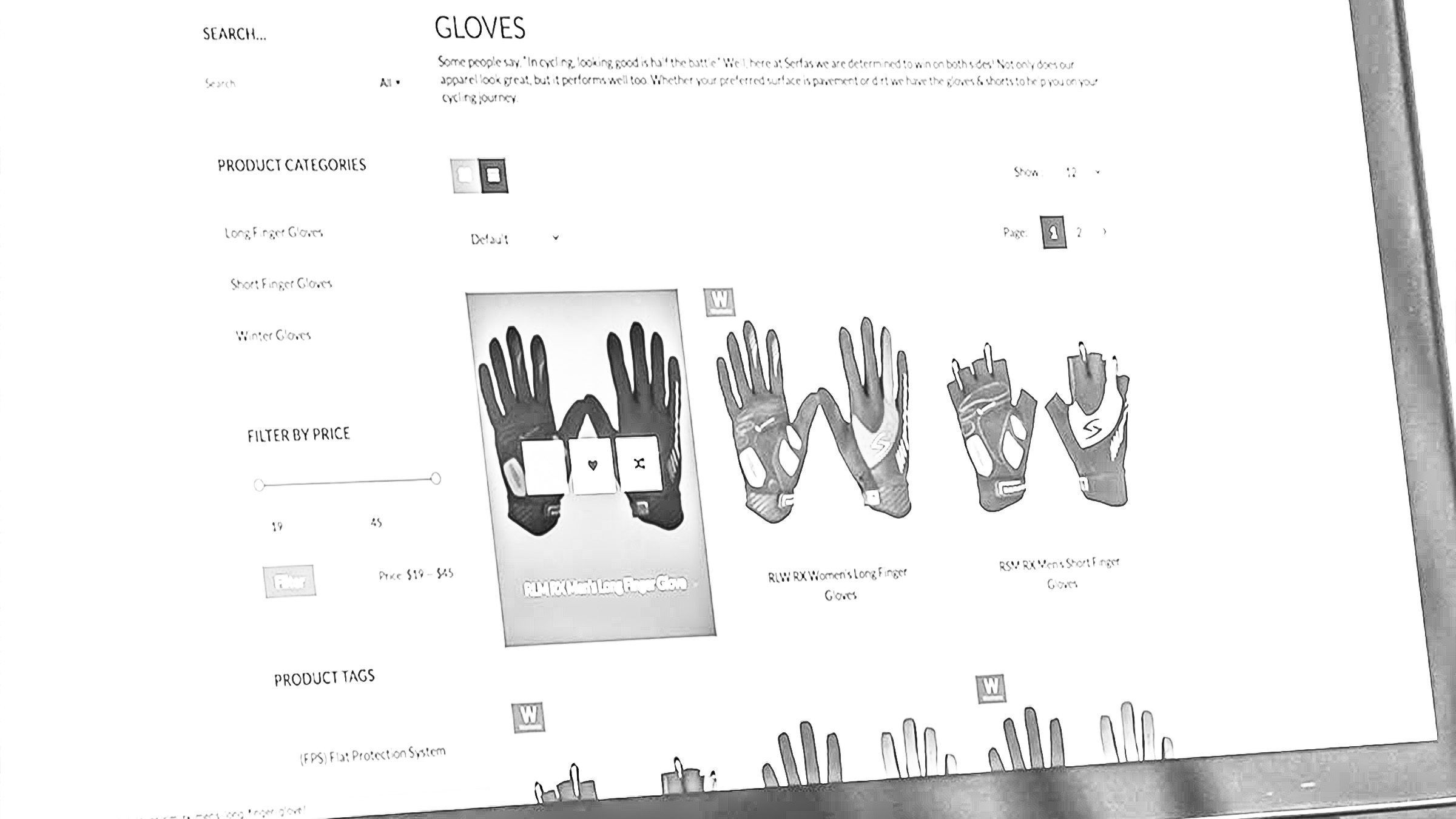

So, you have a concept for a software program project that will have an undeniable influence on your service. Prior to jumping into the layout and advancement, it is important to recognize exactly what issues it addresses, who your target market is, and if the website solution will truly include the various other vital variables that your business needs. This is why working with web services discovery during this stage is an essential part of web development and design. It bridges the gap between the principles that represent the business as well as a well-produced website that defines business success.
The discovery process is one of the most crucial meetings you can potentially have before beginning your business website, in terms of the proportion of information obtained versus time spent. Web service discovery is how we collect as well as arrange information about a company as possible. This procedure is typically forgotten, resulting in second-rate outcomes.
What is Web Discovery?


The discovery stage is specifically what it seems like, it’s a possibility, both for you and also your service providers to learn and find out what your service description is, and make sure that you get all the resources that you absolutely need. From the description, discovery and integration of your UDDI registry to your web service description language (WSDL) and the final implementation. An outsourced team of expert service provider would be able to help you every step of the way, you wouldn’t have to be confused with your UDDI registry and UDDI specification.
It appears easy, yet in practice, it’s really fairly complex. The services discovery stage could include:
- Figuring out your business needs for your site
- A research study was performed about your target market, their requirements, as well as choices
- An analysis or audit of the efficiency of your current website
- Meetings to discuss the expected and also needed functionality of your internet site
- Evaluation and also the research of completing websites, applications, or items
- Usability screening of your existing website
- Evaluation of the technological requirements of your job
The discovery phase is, basically, meant to define all of the technical needs of your site, and guarantee that they can be carried out within your duration and also your budget plan. They help you out with all the details your business registry needs.
Web Discovery is A Must
Web discovery is necessary because it permits you to specify your needs, attributes, goals, and growth. This may appear like a small thing but it’s not. The expense of adding extra attributes or altering the extent of a project once it’s underway is substantial. You wouldn’t want to keep on editing your XMLschema after your website has been published. If you begin a job without undergoing the procedure of discovery, it’s totally possible that you will certainly overlook a required feature or attribute of your internet site.
If this happens, you can expect to pay far more cash when you, inevitably, need to add it right into your internet site at a later date, and a lot of the development work is already done.
Even more, the discovery process is necessary because:
It provides much better options. The discovery stage is when the team dealing with your business and marketing demands can come to be extra aware of your products, your business, your business goals, as well as extra. When your development team has this understanding, they might have the ability to develop much better solutions and make smart educated updates to your original project range.
It’s objective-focused, not deliverable-focused. Working with service providers during your discovery stage permits you to define the role of your services, not simply the deliverable output to say that you have a website.
Just because a deliverable, like a website, is provided on time as well as on budget, doesn’t imply the task will be a success. To absolutely do well, the deliverable has to fulfill your organizational objectives, such as boosting SEO (search engine optimization), boosting conversion rates, and also minimizing the bounce rates. If you start a project by merely specifying the deliverable and not the purpose, you might end up with the wrong solution.
It prioritizes user needs. Most client briefs and projects are not user-focused. They do not consider the user’s perspective, only the goals of the project. A discovery phase allows your web development team to take a deep dive into your proposed project, and truly understand how your users will interact with your website or your web application.


By doing so, you can reduce the risk of building functionality or producing content that your users don’t care about, wasting both time and money. But by performing user research and assessing every part of how your users interact with your website, your user needs can be prioritized, ensuring a better and more satisfying user experience.
It provides you with more context for your project. The discovery phase is a period of time when everyone involved in the project, from developers to managers, executives, stakeholders, and more, can get on the same page.
It will reduce the risk of misunderstandings and costly mistakes, and allow both your web development team to make better, more informed decisions, and provide you with a better overall product or website.
What are the steps involved in the project discovery phase?
- Identifying the stakeholders The listing should incorporate product owners, administrators, end-users, investors, developers, or any other people involved in building or utilizing the final product.
- Identifying business goals This action helps to determine the main aim of your business solution, the problem that needs to be addressed within discovery to increase company productivity or boost revenues.
- Defining how to measure success As the product owner, you should have a clear vision of the end product and make it clear to the team what the specific goals are that help to define project success.
- Project awareness The team occasionally needs to be in touch with other people involved in the project to make sure all the requirements are successfully met.
- Checking existing research and documentation If you already have any market survey results or user interviews, there is no need to waste time on extra discovery research. Provide the business analyst with the appropriate papers.
- Building a user journey and identifying the target audience These tools will be helpful when creating the technical solution and help you to achieve your objectives via efficient marketing strategies.
- Researching competitors A market study allows us to figure out the pros and cons of existing products in the same or related niches. Thus, you will be able to find the niche your solution can occupy to engage customers.
- Reviewing the data prepared so far and making a software requirements specification This process turns aggregated data from cold statistics into an applicable list of technical requirements.
- Estimating the timeline and budget The ultimate goal of the preparation is to reach the stage where the team can give an accurate estimate of the time and costs they need to create an MVP or full-scale product.
- Creating roadmap and UX designing The other essential document the discovery phase leads to is this full project timeline with specified milestones, deliverables, and deadlines.
Get Professional Provider Help with Your Web Discovery
From day one up until the last, our web service discovery experts will work with you to build your website based on information obtained during the web discovery process. Our creative web designers and web developers will confer with you throughout the entire development process. If revisions are necessary, we will work to ensure that the final result of your website becomes an extension of your brand, creating an engaging user experience, and helping to grow your brand’s reach and subsequent success. During this entire process, you can expect us to share suggestions and offer helpful solutions that help you more rapidly achieve your desired end result.
To get the ball rolling on your project, all it takes is a quick, no-obligation first conversation. So let’s get the ball rolling. We have completed professional projects and we can share information that will help you fill in the blanks.







